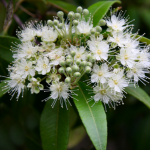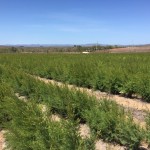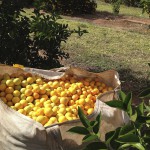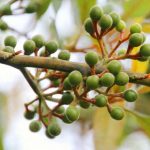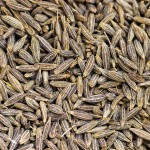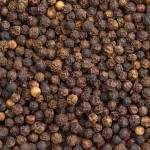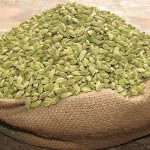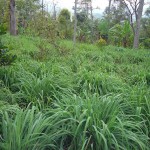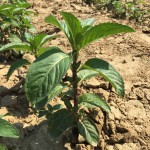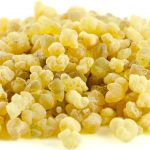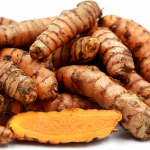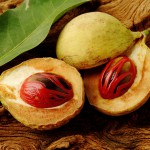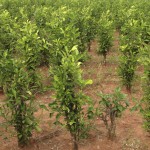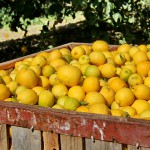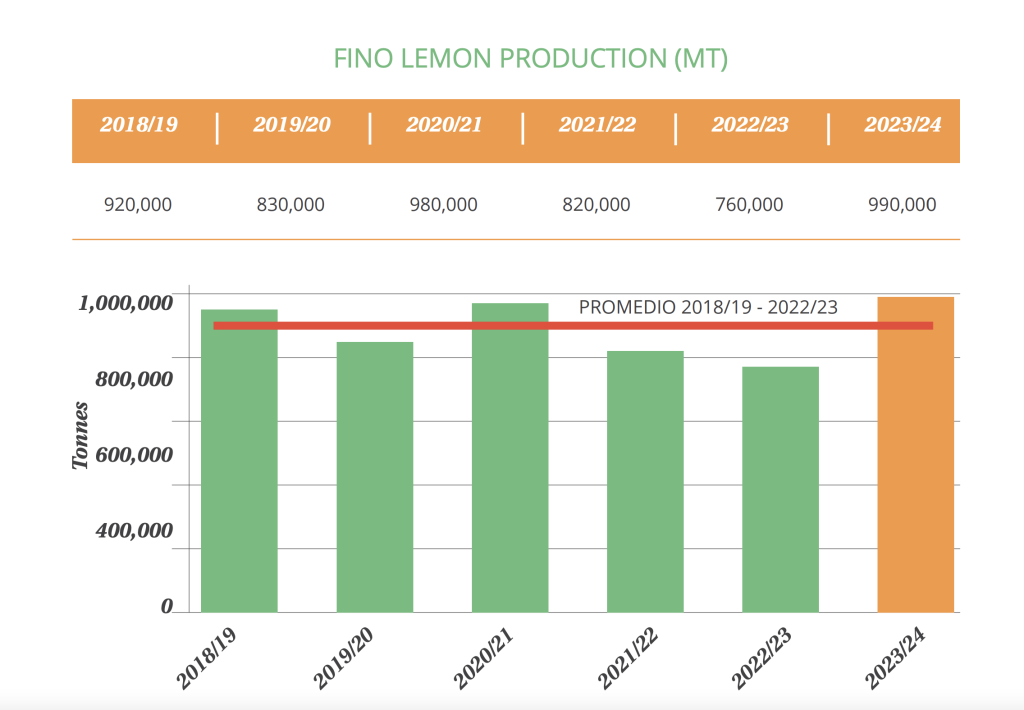Orange Oil
Citrus sinensis
Harvest: February - May
According to the USDA July 2023 forecast, the USA orange production is estimated to drop by over a quarter to 2.3 million metric tonnes (MMT), the lowest level in over 56 years. Yields continue to decline in Florida due to fruit drop caused by citrus greening, reduced area harvested and high winds from hurricanes. California is estimated to produce over twice as many oranges as Florida in 2022/2023.
Final estimates for the 2022/2023 season from USDA showed just 15.85 million boxes of oranges in Florida. This represents a 60% drop from the previous season, and the lowest yields since 1936. Multiple years of intense storms, unseasonal frost, and citrus greening have wiped out an enormous number of orange groves, many of which are unable to recover due to damage dealt to the orchards’ root structures. These devastating losses have already forced many Florida growers out of business. More than 90% of all Florida citrus production was impacted by hurricanes in 2022. This resulted in $675 million in damages, including lost revenue and damages to crops and property.
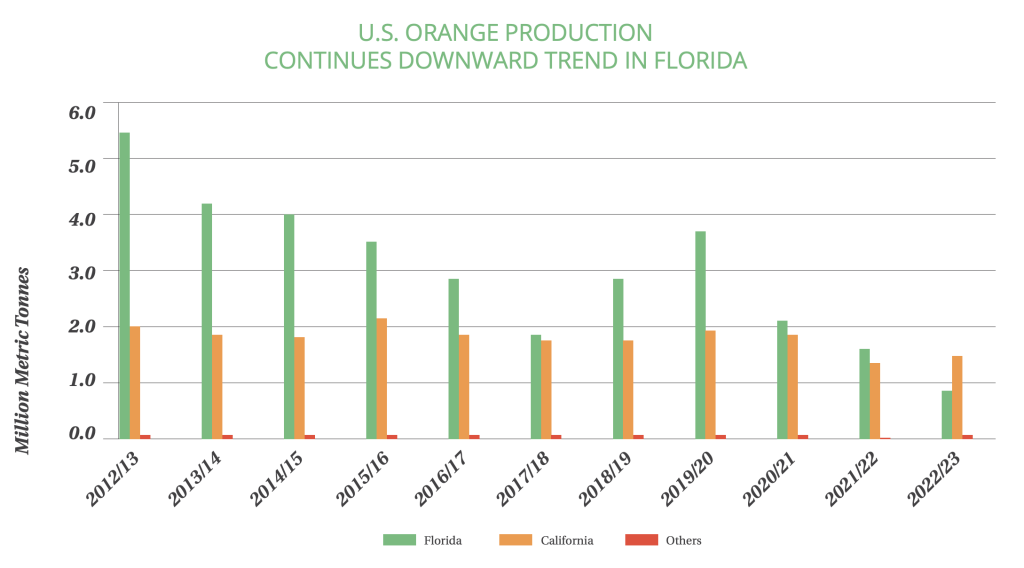
Consumption and exports are flat while oranges for processing are lower with the drop in Florida production.
Sustaining demand for Florida citrus products relies on maintaining adequate production and availability, as a decrease in either factor has a negative impact on overall consumption. In the orange juice category, supply shortages exerted greater pressure on prices compared to other categories, particularly after the 2022 Florida hurricane and freeze events which decimated Florida’s production in the 2022/2023 season by 60%.
Despite the increase in Brazil’s production last season, global availability of orange juice was projected to decrease by up to 13% when initial inventories were included in total availability. This decline stymied retail distribution, which is the primary channel for Florida’s production to reach consumers. USA orange juice production is estimated to fall nearly 50 percent to a record low 85,000 MT due to this drop in oranges available for processing, especially in Florida. This in turn has led to a substantial reduction in orange oil production. Orange juice consumption is estimated down with the reduced production but is somewhat offset as imports are estimated to increase over 30%.
Florida citrus growers are in a precarious situation as they evaluate higher prices at retail. While it may seem advantageous, high prices lead to a decline in consumer demand and overall revenue. Furthermore, for the Florida grower, inflation means higher production costs at a time of reduced yields. Despite higher prices, record high production costs continue to strain grower profitability, leading to a net reduction in revenues. Consequently, producers must balance gains from increased prices with high production costs and diminished yields.
Orange, fresh: production, supply and distribution in selected countries (1,000 metric tons)
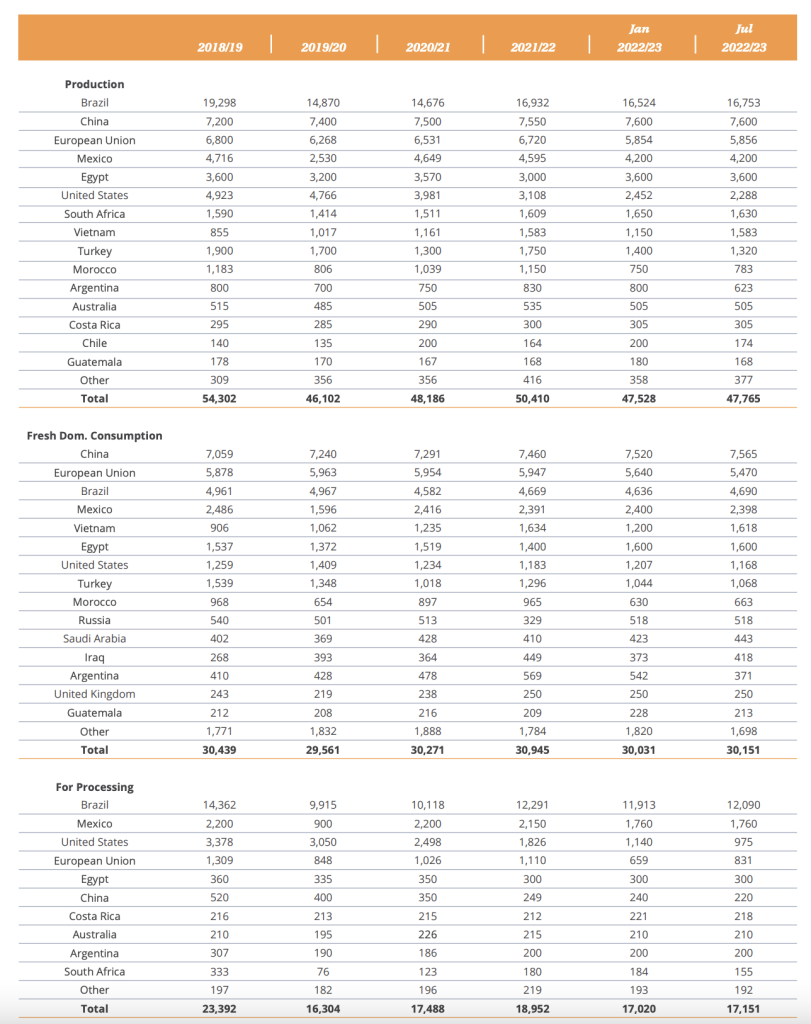
Market price: USD 18.00 /kilo
 Browse and discover all the latest on over 70 key essential oils from more than 15 growing regions around the world. In addition, our download version is packed full of additional articles including: What’s Trending this Season in The World of Fragrances?; A Few Drops of Goodness in Your Drink & Ultra Natura Growing Upwards and Onwards.
Browse and discover all the latest on over 70 key essential oils from more than 15 growing regions around the world. In addition, our download version is packed full of additional articles including: What’s Trending this Season in The World of Fragrances?; A Few Drops of Goodness in Your Drink & Ultra Natura Growing Upwards and Onwards. Ultra International B.V.
Ultra International B.V.








